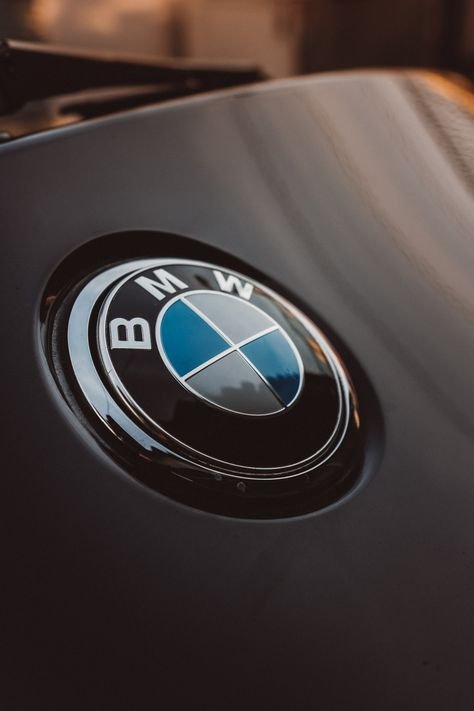
Classic cars evoke a sense of nostalgia and admiration for automotive craftsmanship of yesteryears. Owning and maintaining a classic car requires dedication, knowledge, and a meticulous approach to preserve its aesthetic charm and mechanical integrity. This comprehensive guide explores essential tips and best practices for enthusiasts looking to keep their classic cars in pristine condition.
Understanding the Classic Car Appeal
Classic cars, typically defined as vehicles manufactured at least 20 to 25 years ago, hold a special place in automotive history and enthusiast circles. Whether it’s a vintage Mustang, a sleek Jaguar E-Type, or a rugged Land Rover Defender, these automobiles represent an era when design, engineering, and style converged to create icons on wheels. Maintaining a classic car involves more than routine maintenance—it requires a deep appreciation for automotive heritage and a commitment to preserving its originality.
Regular Maintenance Routine
Scheduled Inspections:
Establish a regular maintenance schedule based on the manufacturer’s recommendations or expert advice. This includes periodic inspections of fluids, belts, hoses, brakes, and suspension components to identify wear and potential issues early.
Fluid Checks and Changes:
Regularly check and change fluids such as engine oil, transmission fluid, coolant, and brake fluid. Classic cars often have different requirements compared to modern vehicles, so consult with a specialist if unsure about specific fluid types or intervals.
Battery Care:
Classic cars may have different battery requirements, such as maintenance-free or low-maintenance batteries. Keep the battery terminals clean and ensure proper charging to prevent issues during startup.
Tire Maintenance:
Inspect tire condition, tread depth, and pressure regularly. Classic cars may use bias-ply tires or require specific tire sizes that are not readily available, so maintaining proper inflation and condition is crucial for safety and performance.
Brake System Overhaul:
Periodically inspect and overhaul the brake system, including brake pads, rotors, drums, and brake lines. Classic cars may have drum brakes or different hydraulic systems that require specialized attention.
Preservation Techniques
Storage Considerations:
Store the classic car in a climate-controlled environment to minimize exposure to temperature fluctuations, humidity, and UV radiation. Use a breathable car cover to protect the paint and interior from dust and debris.
Paint Protection:
Regularly wash and wax the car to maintain the paint’s luster and protect it from oxidation. Consider using a quality paint sealant or ceramic coating for added durability and ease of maintenance.
Interior Care:
Clean and condition the interior upholstery, dashboard, and trim regularly using products formulated for classic car materials. Avoid harsh chemicals that can damage vinyl, leather, or wood finishes.
Chrome and Metal Polishing:
Polish chrome accents, bumpers, and other metal surfaces to prevent rust and corrosion. Use specialized metal cleaners and microfiber cloths to achieve a mirror-like shine without scratching.
Electrical System Maintenance:
Check and clean electrical connections, fuses, and wiring harnesses to ensure proper functionality of lights, gauges, and accessories. Classic cars may have unique electrical systems that require careful handling.
Restoration vs. Preservation
Restoration Projects:
If undertaking a restoration project, prioritize authenticity and quality craftsmanship. Work with experienced professionals or consult restoration guides to retain the car’s original specifications and character.
Preservation Philosophy:
For collectors focused on preservation, aim to maintain original parts, finishes, and components whenever possible. Document the car’s history, including service records, modifications, and noteworthy events.
Expert Maintenance Tips
Consult with Specialists:
Build a network of trusted mechanics, restoration shops, and classic car enthusiasts who can offer advice and expertise. Attend car shows, club meetings, and workshops to stay informed about best practices and industry trends.
Invest in Quality Tools:
Acquire specialized tools and equipment designed for classic car maintenance, such as timing lights, compression testers, and diagnostic scanners tailored to vintage vehicles.
In conclusion, maintaining a classic car requires a blend of passion, knowledge, and meticulous care. By adhering to a proactive maintenance routine, preserving originality, and staying informed about industry advancements, enthusiasts can ensure their cherished vehicles continue to inspire admiration and delight for generations to come.
Whether restoring a vintage Ferrari or preserving a beloved Chevrolet Corvette, the journey of classic car ownership is as much about craftsmanship and heritage as it is about the joy of driving a timeless piece of automotive history.
ALSO READ: Maintenance Tips for Classic Muscle Cars







